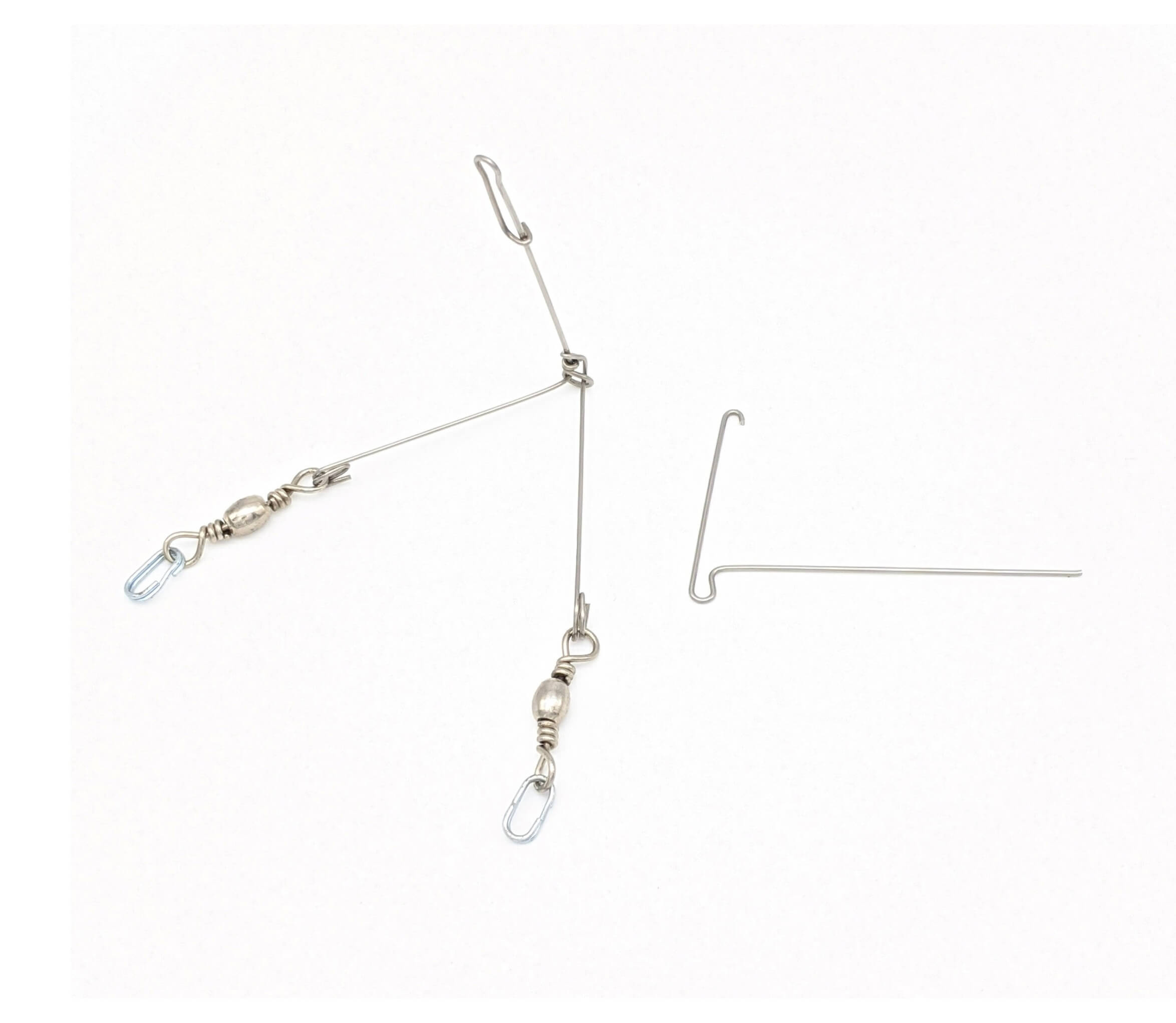Get unique, complex parts easily. No matter your requirements, Chaoyi Spring creates hard-to-produce coil springs and wire forms.
Let us help you create the custom wire form you need, from S-hooks and J-hooks to utility hooks and more.
We work closely with customers across a wide range of industries, helping them design and manufacture made-to-order parts.
Why choose Chaoyi Spring? We prioritize customer-focused collaboration, modern equipment and the latest technology to make your parts per print.
Find the information and guidance you need, from measuring a spring to learning about materials, placing an order and much more.
Compression springs are essential components in various mechanical systems, playing a crucial role in providing force and storing energy. Whether you're a seasoned engineer or just starting your journey in


Compression springs are essential components in various mechanical systems, playing a crucial role in providing force and storing energy. Whether you're a seasoned engineer or just starting your journey in the world of mechanics, understanding compression springs is critical. This comprehensive guide explores the basics of compression spring design, material selection, and their applications, making it easier for you to grasp their functionalities and select the right spring for your specific needs.

Compression springs, as their name suggests, are helical springs designed to absorb and store energy when compressed. Imagine a coil of wire that gets shorter when you push on it; that's essentially what a compression spring does. Their key function is to resist compression forces and return to their original length upon release, making them ideal for applications requiring a controlled force or a return to a specific position.
Compression springs are available in various designs and materials, each suited for specific applications. The most common types include:
The material used for compression springs significantly impacts their performance and suitability for different applications. Common materials include:
Selecting the appropriate compression spring requires careful consideration of several factors:
Compression springs are ubiquitous in various mechanical systems. Here are some common applications:
The term 'SAL' often refers to Spring Assist Load, which is a spring-loaded mechanism that assists in moving or lifting heavy objects. SAL systems are commonly used in industrial applications, such as lifting and lowering large components, providing a more efficient and safer method for handling heavy loads. The selection of compression springs for SAL systems requires careful consideration of the load capacity, the desired lift height, and other factors to ensure optimal performance and safety.
Compression springs are vital components in countless mechanical systems, providing a reliable and efficient means of storing and releasing energy. Understanding their design, material selection, and applications is essential for engineers and enthusiasts alike. Whether you're designing a new device or troubleshooting an existing system, comprehending the fundamentals of compression springs can be a valuable asset in your endeavors. So, next time you encounter a spring-loaded mechanism, remember the role it plays in keeping your world running smoothly!
By understanding the various types, materials, and applications of compression springs, you'll gain valuable insight into how these seemingly simple components contribute to the functionality of numerous systems. Whether you're involved in engineering, design, or simply curious about the mechanics of everyday objects, grasping the fundamentals of compression springs will open your eyes to the intricate world of mechanical forces and the subtle ways they influence our daily lives.
Browse some of the custom wire forms and springs that we manufacture. Don’t see what you need? We specialize in made-to-order products that meet your application requirements.
Visit Our GalleryNeed a custom wire form or coil spring? We make it work. Fill out the contact form and a representative will respond within 1 business day. If you have a PDF or CAD file, you can submit to request a quote.